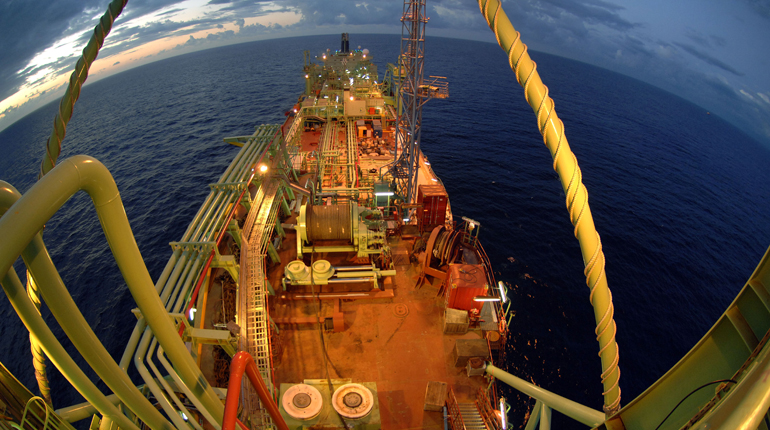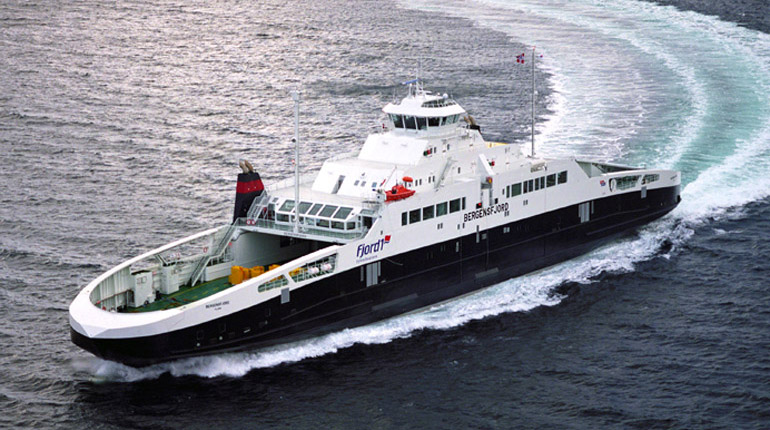Highlights
- Geopolitical risks continue to cloud the outlook for economic growth in the eurozone.
- Ukraine will be under pressure from its European partners to manage the risk of supply disruption.
- Reverse flows into Ukraine will be curtailed until November as Gazprom continues to inject gas in Russia.
- This will in turn hamper injections into Ukraine stores and increase transit risks to Europe.
Economic overview
Geopolitical risks continue to cloud the outlook for economic growth in the eurozone.
Rising geopolitical instability – caused by conflicts in Ukraine and the Middle East – and the effect of EU and US-led sanctions against Russia are casting increased uncertainty on the eurozone’s economic outlook.
Predicted annual year-on-year GDP growth rates
| 2014 | 2015 | 2016 | 2017 | 2018 | 2019 | |
| France | 1.0 | 1.5 | 1.7 | 1.8 | 1.9 | 1.9 |
| Germany | 1.7 | 1.6 | 1.4 | 1.4 | 1.3 | 1.3 |
| Italy | 0.6 | 1.1 | 1.3 | 1.2 | 1.0 | 1.0 |
| Netherlands | 0.8 | 1.6 | 1.7 | 1.8 | 2.0 | 2.1 |
| Spain | 0.9 | 1.0 | 1.1 | 1.2 | 1.2 | 1.3 |
| UK | 2.9 | 2.5 | 2.4 | 2.3 | 2.4 | 2.4 |
| Russia | 1.3 | 2.3 | 2.5 | 2.5 | 2.5 | 2.5 |
The OECD has downgraded its economic growth forecast for 2014. Its estimate is for a 0.8% expansion in the eurozone economy this year (compared with a forecast of 1.2% published in May) and for 1.1% increase in 2015. The UK’s forecast was cut by 0.1 percentage points to 3.1%. The German economy is forecast to grow by 1.5% in both 2014 and 2015, France by 0.4% in 2014 and 1% in 2015, while Italy will experience a 0.4% drop in 2014 and a gain of just 0.1% in 2015.
The uncertainty ahead of the Scottish independence referendum on 18 September caused the value of the pound to fall. A depreciation of the pound would typically boost demand in the UK from participants with positions in the eurozone. Conversely, a recovery of the pound following the referendum impacted gas demand from traders in Europe.
Log in to continue reading...
To continue reading this article, you must have an active subscription. By logging in or signing up for a free trial, you are agreeing to our terms and conditions, privacy policy and cookie policy.



